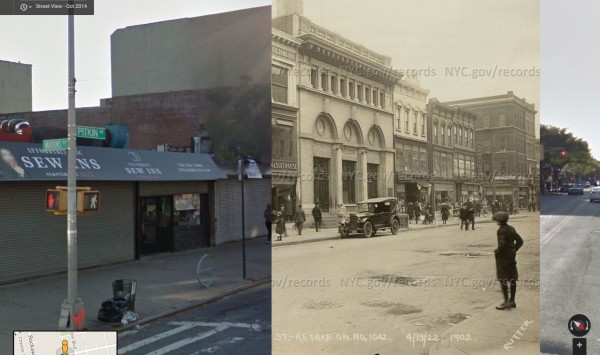GIVING BATHS TO BROWNSVILLE (1905)

New York City has always been known for its progressiveness. Its mayors and city council seemed always to be trying to improve conditions for the masses – either out of a true passion to do good – or for the votes. In the 1890s, it was all about relieving its citizens from the oppressive heatwaves that were hitting the city by passing out free ice to all who would stand in line for it. At the turn of the century, it would be all about cleanliness and health. THE RISE OF THE BATHS According to 1908’s Modern Baths and Bath Houses, “out of 255,000 inhabitants of tenements…only 306 had bathtubs in the houses where they lived.” This, apparently, was appalling to the better classes which felt that the lower classes had to be scrubbed clean, thereby giving rise to the reference to Saturdays being the bath day. And so the bath house movement began, which was all about improving “the public health, dignity and upward mobility for those living in tenements.” In 1905, Pitkin Avenue’s public baths were opened. According to a blog post by Cory Seamer of Brooklyn Relics, the building used for Pitkin Avenue’s Public Bath is now used for something else: “Designed by architect A.S. Headman, the Pitkin Avenue Public Bath was built in 1903 at a cost of $84,456….the building’s façade has been heavily modified. The ground floor has been partially demolished and retro fitted with a glass storefront, the cornice has been removed and the […]